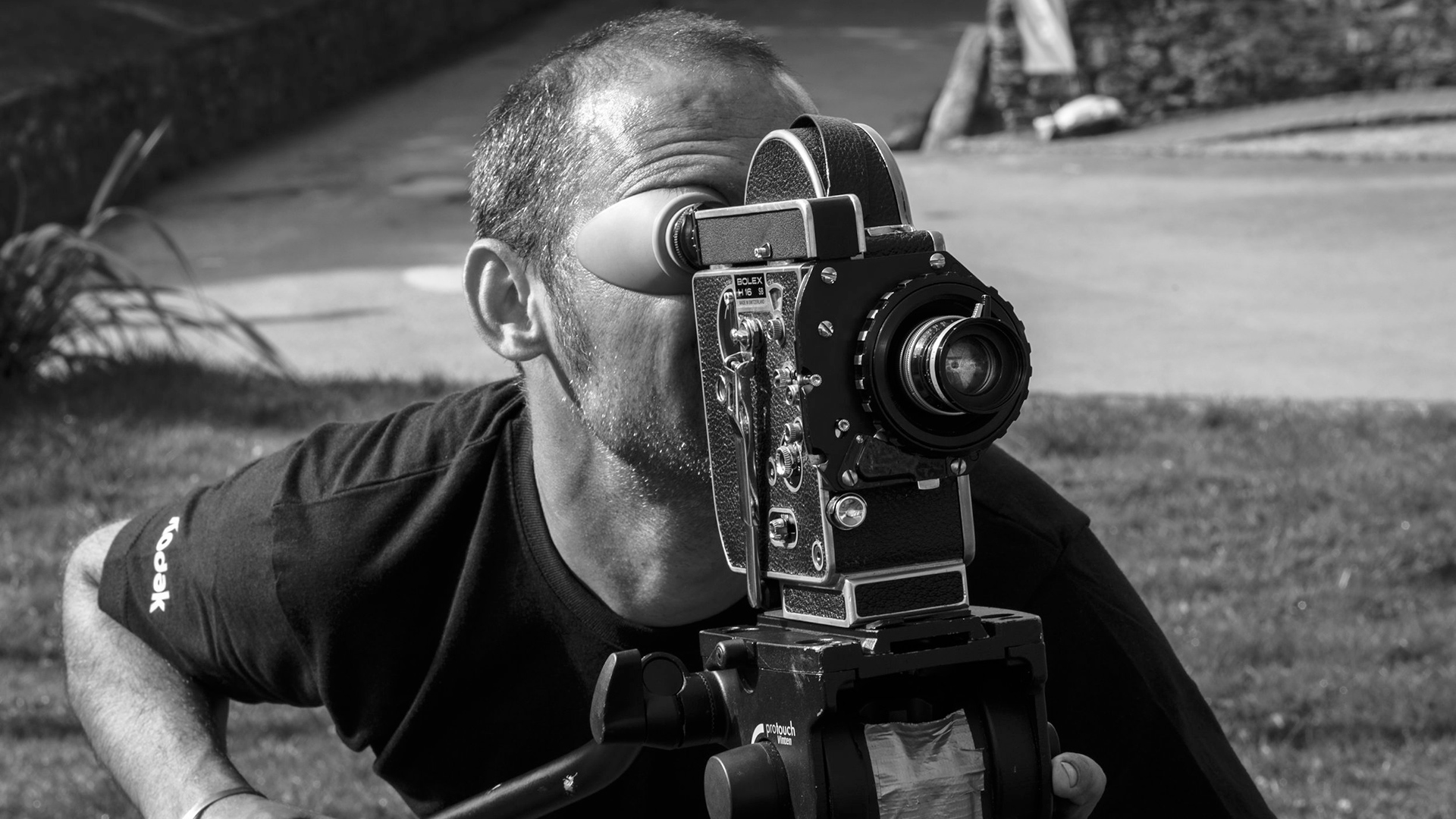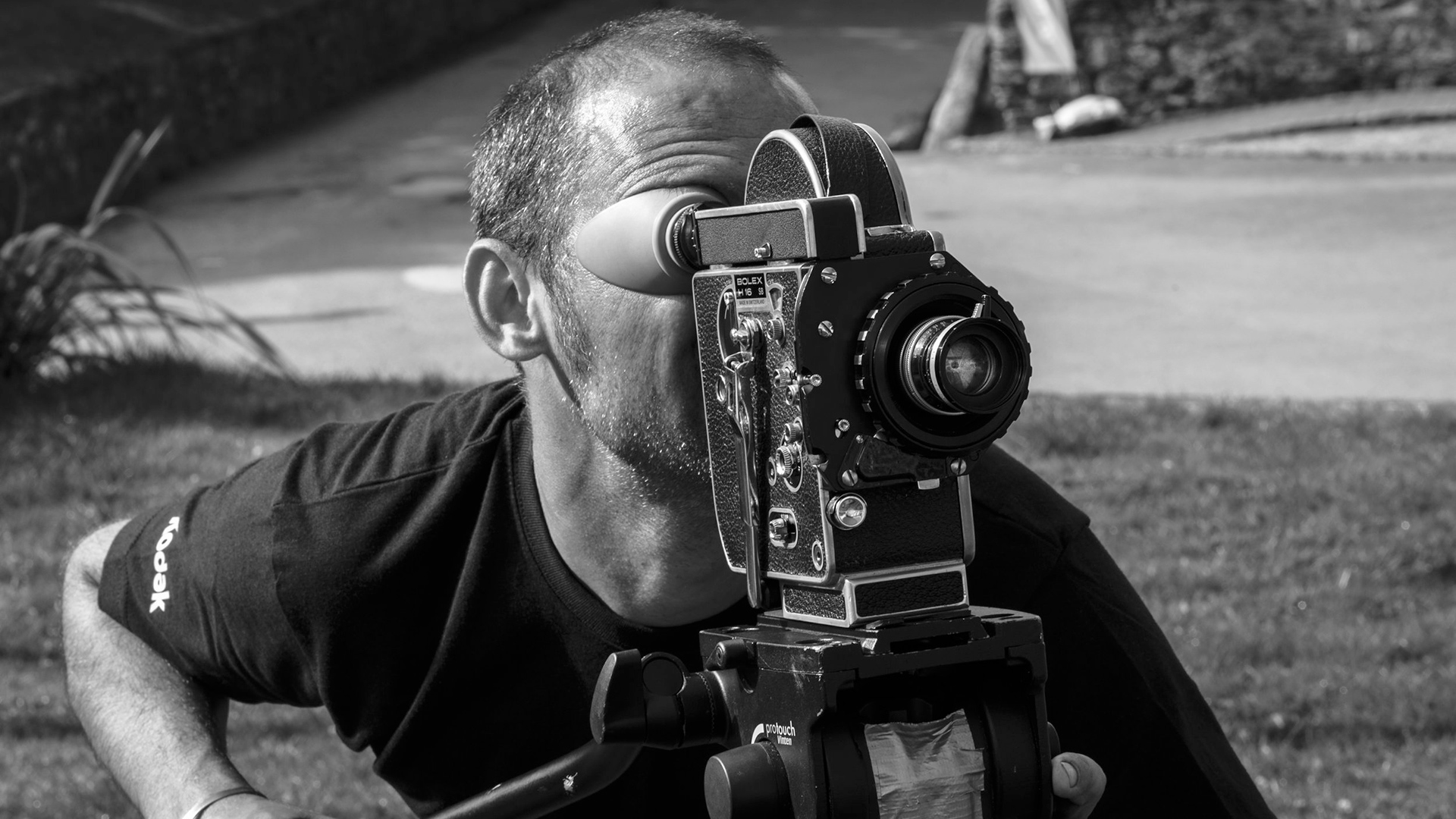

Well, someone has done exactly that and the result has been highly acclaimed. We look at some of the logic behind our technological choices. Analogue systems give us fewer options – but that’s why we like them.
There are still a few people who can afford to shoot on film, but this is no longer because film is better; in terms of resolution, dynamic range and colour fidelity, digital surpassed it long ago, but - well, because it looks like film. And, perhaps more importantly, working practices have grown up around it that people still cherish. Film can’t reproduce the range of looks that digital can achieve, but you can get digital to do almost everything that film can offer, except, perhaps, grain, since in film that is what the image is made out of rather than something superimposed. If you decide to shoot your movie on 16mm on hand-processed black-and-white stock, that’s not so much because you want to create images that would be impossible to achieve digitally. Rather, you have committed to a certain look and a process of working. Shooting on primitive 16mm might well confine you, but those confines are positive in creative terms.
That’s the thing about analogue systems; they have their own qualities, their limitations and that’s what creative people often want. Sometimes the magic things happen when you are pushing up against those limitations. That’s why musicians still use analogue instruments and analogue amps, that’s why cinematographers like vintage lenses. There’s a great interest today in lenses that offer ‘character’, but just as people praise valves (tubes) for adding ‘warmth’ to an audio chain, ‘character’ is really a form of distortion. With lenses, it’s a matter of diffusion, softness, minor geometrical distortion, flaring on highlights – all of which means the result is less ‘accurate’.
Do you get it right in camera or do you leave your options open?
Very broadly speaking, there are two approaches to current film technology. You try to make everything as you want to look at the time of shooting, or you create files that give you the maximum opportunity for manipulation in post. In analogue days there was little choice: you chose your camera or your filmstock and grading was more a chance to even out inconsistencies, rather than to create a look.
Today, many prefer to shoot RAW or log files and shoot in higher resolution than they intend to deliver, so they have maximum control at the post production stage. The desire for flexibility is understandable, particularly for something like a high-end TV commercial where style and quality of image is everything, but there is a lot to be said for approaching filmmaking with a very clear idea of the image you want to create and doing as much as you can to make that look come straight out of the camera, with post production used for subtle tweaks to maintain consistency. It’s really a matter of whether you postpone key decisions about the look of your film. Determining the look before rather than after the shoot means that all the other elements of production – design, costume, mise-en-scene – can work in harmony. It really helps to know when you shoot how much you can see in the shadows because many other decisions will depend on that.
But there is an anomaly here: logically, if we want to keep our options open by shooting RAW, we should also shoot with sharp, ‘neutral’ lenses that can then be softened or diffused in post. But…
We love chunky old stuff
Cinematographers still like big, expensive lenses. They produce beautiful results, they are lovely to handle. But do we really need to pay thousands of pounds to get the look of vintage glass? Could we not emulate it digitally? In principle, we most probably can, but it doesn’t yet seem to be an area where there is much research. Perhaps in the future, it will be standard practice for high-end lens makers to collaborate with software engineers to make ‘universal’ lenses designed to be fine-tuned in post.
There is an emotional attachment to traditional tools. Lower down the scale there is a more technological trickery in lens manufacture. Lenses can appear to be parfocal, with minimum breathing, tracking errors or distortion, by using various forms of mechanical, electronic and digital compensation. Sony’s Clear Image Zoom effectively doubles the focal length of a lens. It shouldn’t work, but it does. The resistance to these innovations to some appears as snobbery, to others as respect for traditional modes of working.
In part 2 we'll take a look at whether cinema cameras will get as smart as smartphones.
Tags: Production


Comments